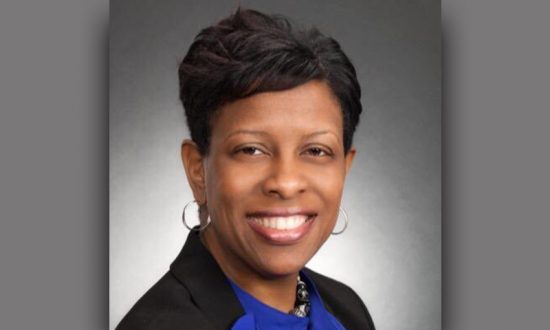Dr. Marla Sheppard has been in education for 25 years, starting as a teacher in the Houston Independent School District. She later became an Assistant Principal then a principal of a middle school and a high school in some of Houston’s most challenging neighborhoods. Dr. Sheppard later became an Assistant Superintendent of School Leadership in a suburban Houston school district. She has worked in a variety of settings, urban and suburban, large and small. She is currently the Deputy Superintendent in the Kansas City (MO) Public Schools.
The word pivot (Piv·ot /ˈpivət/) is a noun that means, the central point, pin, or shaft on which a mechanism turns or oscillates (Oxford). Its secondary meaning is basketball: a movement in which the player holding the ball may move in ay direction with one foot, while keeping the other in contact with the floor (Oxford).
The word “pivot” is oftentimes used when referring to the mechanics of machinery or to a strategy in basketball requiring the ball handler to switch directions around a central point or positioning of the foot. When thinking about the present opportunities in education, there is a need for educators to pivot. That is, to turn from a central point, pin or shaft. That central point can be represented as, “the way we’ve always done things.”
Our world shifted the moment that COVID-19 school closures were announced. Tons of questions surfaced like, how will we ensure that kids eat? How will we keep kids learning? What about those kids who have no access points to electronic devices and/or internet? How can teachers quickly prepare for this virtual instruction? Lastly, what will schools look like from this point forward?
The last question is probably the one that is most intriguing, without a solid direction.

This era will require educators to think differently. Is virtual learning what some students have needed all the time? After all, we aim to teach children how to be independent researchers in this world of easy access to information. An example is my son who has taught himself how to play complex pieces on the piano using nothing beyond research on the internet using his cell phone. More and more of our students are yearning for independence in their learning and not simply, the passing down of information. Is it time to begin exploring this as a possibility of how we re-imagine what school’s purpose should be? Should we be “giving” kids information or teaching them how to find information?
Regarding brick and mortar buildings- should they disappear? In my opinion, there will always be a need for teachers. But, will the role need to be redefined? Absolutely! Those who refuse to pivot in this time of redefinition will quickly become irrelevant. But, how can we as educational leaders begin preparing teachers for the shift while at the same time reimagining our role? The start is professional development for all involved. Our kids are “digital natives”, but many educators are not. The only way to become proficient at any skill is to learn it and to practice it consistently. We should all be asking ourselves, what are the skills that our teachers need to access the digital world? Then, we should create clear pathways for all staff to access the digital learning world.
Our district has created digital learning pathways for our teachers and administrators, thanks to a fantastic Digital Learning Team and curriculum department. Our reality could be that many of our parents will opt out of sending children back to school until a COVID-19 cure is found. Are we ready for this? Can we pivot quickly if a percentage of our students request virtual learning? There is so much to consider, even my role as a central office leader.
As with any new direction or initiative, there can be an implementation dip. Does this mean that states will need to reconsider how proficiency is determined? Many of our state level assessments are multiple choice and open response. Is this an antiquated way of determining whether students in the current generation are “proficient” to perform life tasks? Are there other more authentic ways of determining proficiency? Many of our teachers will resist becoming facilitators of students who seek information vs educators who give information if their competence is tied to another measure, like a multiple-choice assessment. These are merely things to consider.
In conclusion, we are in our greatest hour. The manner that we come out of this (COVID-19) will largely be determined by how we choose to see it while being in it: as a challenge or as an opportunity. Those who see this as a challenge will more than likely go back to the way things were and be happy that virtual learning has “come to an end.” Moreover, those who see it as an opportunity will not resist a new way of teaching children and they will continue to explore a more meaningful way to deliver instruction.




